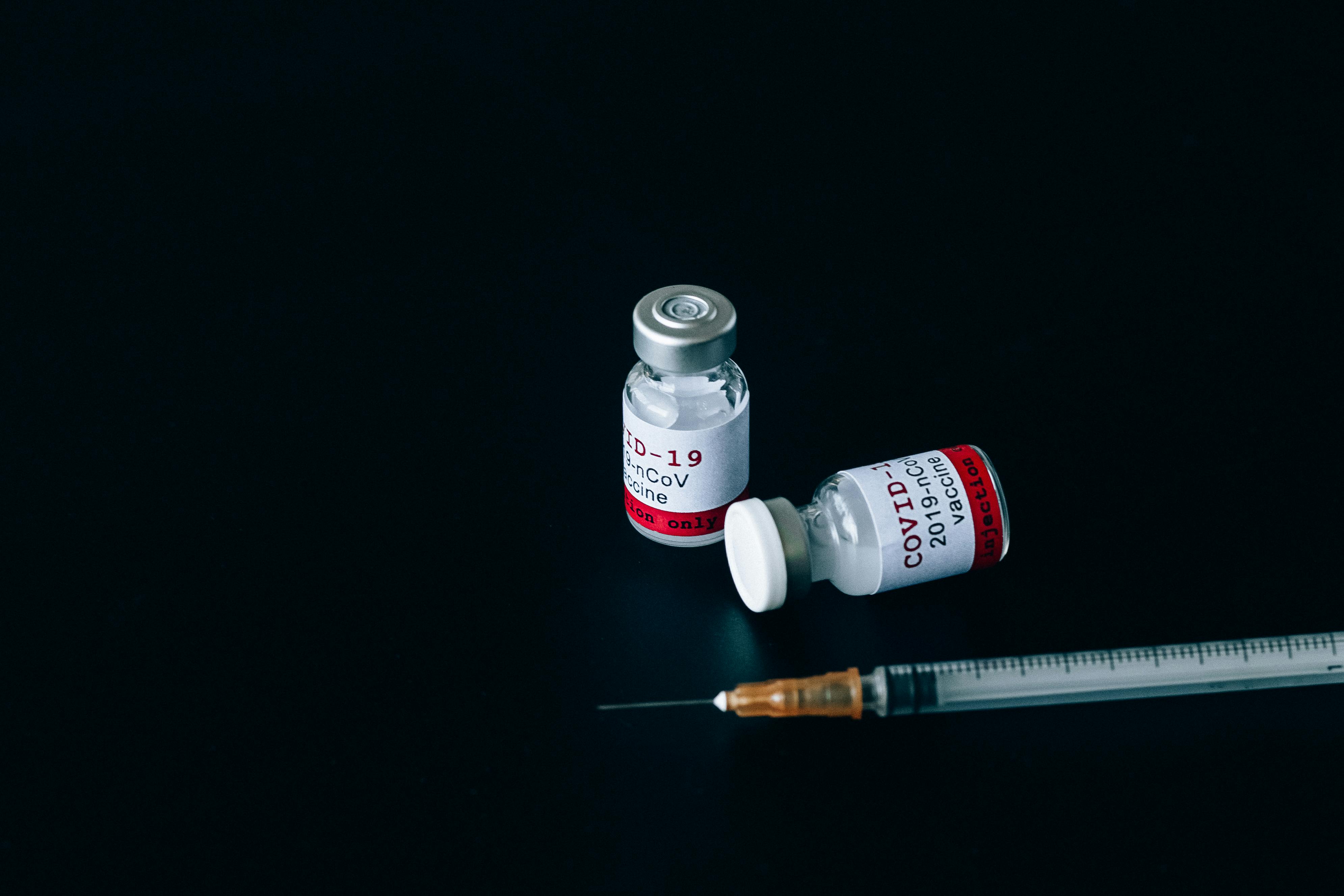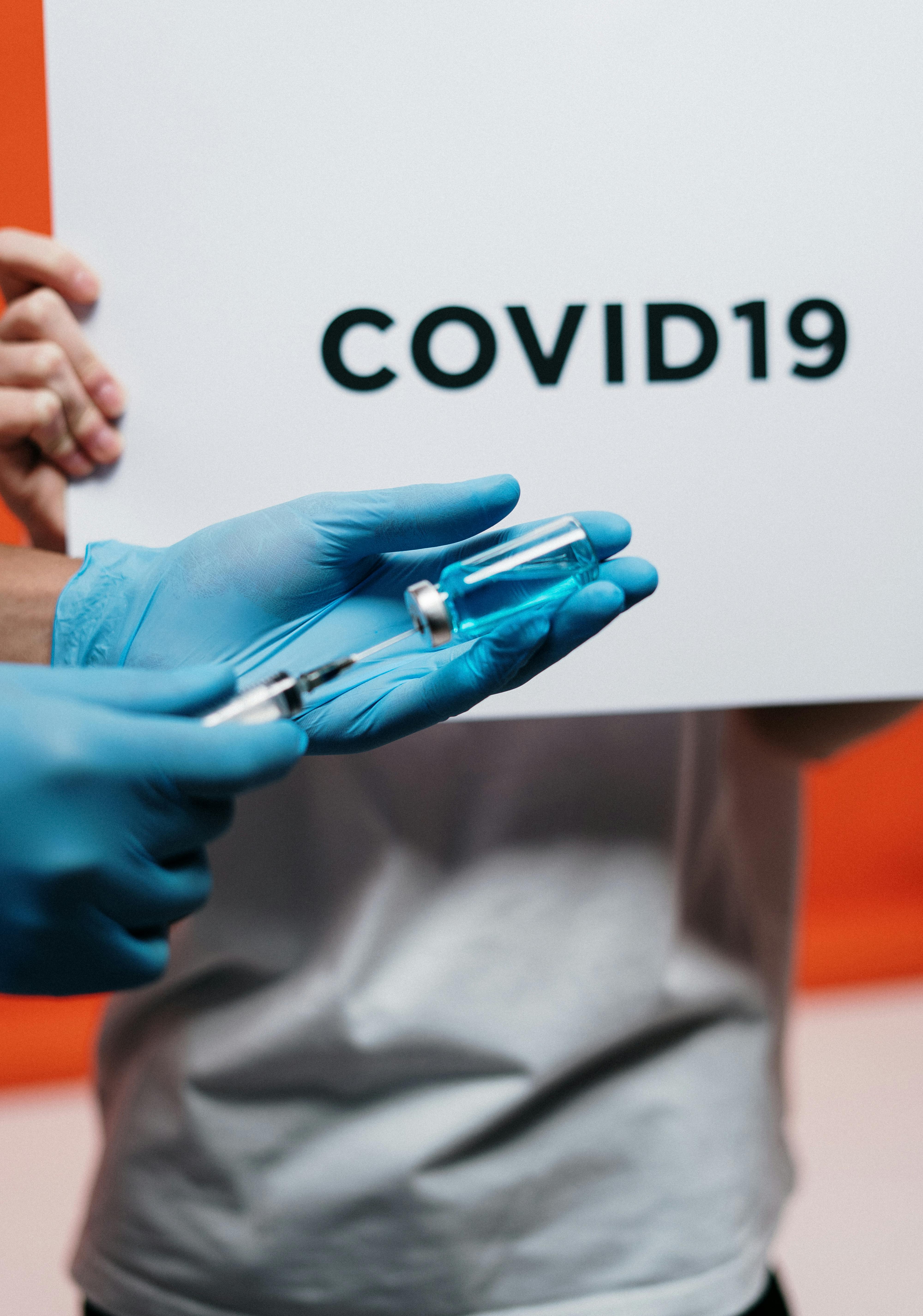However, researchers state the benefits of getting vaccinated far outweigh the risks.
A recent study conducted in South Korea has discovered a potential association between COVID-19 vaccinations and temporary facial palsy (FP) (i.e., drooping from one side of the face). The research found a slight but notable increase in FP cases within a 28-day timeframe following vaccination, particularly after the first and second doses of both mRNA and viral vaccines. This highlights the need for post-vaccination monitoring, although the actual number of cases remains small.
Facial palsy is characterized by sudden muscle paralysis on one side of the face and can be triggered by infections, autoimmune responses, or vaccination. The condition is also widely known as Bell’s palsy, named after Sir Charles Bell, a 19th-century Scottish surgeon, anatomist, and neurologist known for his extensive work on the anatomy of the nervous system, particularly in the face.
While safety concerns were minimal in the clinical trials of COVID-19 vaccines, some studies have noted an imbalance in FP cases between vaccinated individuals and the general population. As a result, FP was identified as a potential adverse event by the Safety Platform for Emergency Vaccines (SPEAC), and several research efforts have since explored this possible link. However, findings have been inconsistent across these studies, often due to differences in population sizes, ethnicities, vaccine types, and methods of measurement.

The recent South Korean study aimed to fill the gaps left by previous research through a large-scale investigation using a self-controlled case series (SCCS) analysis. The analysis included individuals aged 18 and older who received COVID-19 vaccines between February 2021 and March 2022, excluding those with pre-existing FP conditions. The researchers relied on data from the country’s COVID-19 immunization registry and National Health Insurance Service (NHIS) claims. The vaccines were categorized into mRNA vaccines, viral vector vaccines, and recombinant protein vaccines. Using the SCCS method, the study compared the incidence of FP during a 28-day risk window following vaccination against a control period. Age, sex, comorbidities (the existence of other conditions), and insurance status were taken into account, and FP diagnoses were confirmed based on corticosteroid prescriptions, which are standard treatment for the condition.
In total, the study examined over 129 million vaccine doses administered to more than 44 million people. Of the nearly 16,000 FP cases recorded during the study period, 5,211 occurred within 1-28 days of vaccination, resulting in an incidence rate of four FP cases per million doses. The overall risk of FP was found to increase by 12% in the 28-day window following vaccination, with the highest risk occurring after the second dose.
Despite these findings, the researchers emphasized that the number of FP cases remains small, and the benefits of vaccination far outweigh the risks. While the increased risk is worth noting, FP is generally mild and treatable, and the condition is only temporary. Physicians are advised to monitor for neurological symptoms following vaccination, but individuals should not be deterred from receiving the vaccines, in general. Not doing so can lead to far greater health consequences.
The South Korean study offers important insights into the relationship between COVID-19 vaccines and FP as researchers have been busy studying all potential side effects of the vaccines and of the virus itself as infections continue. While there is a small increase in FP cases after vaccination, the risk remains minimal, while the overall potential for the vaccines to prevent infection and the sometimes serious complications that occur as a result remains strong.
Sources:
Research links COVID-19 vaccines to temporary facial palsy in over 5,000 patients
Early Release – Risk for Facial Palsy after COVID-19 Vaccination, South Korea, 2021–2022


Join the conversation!